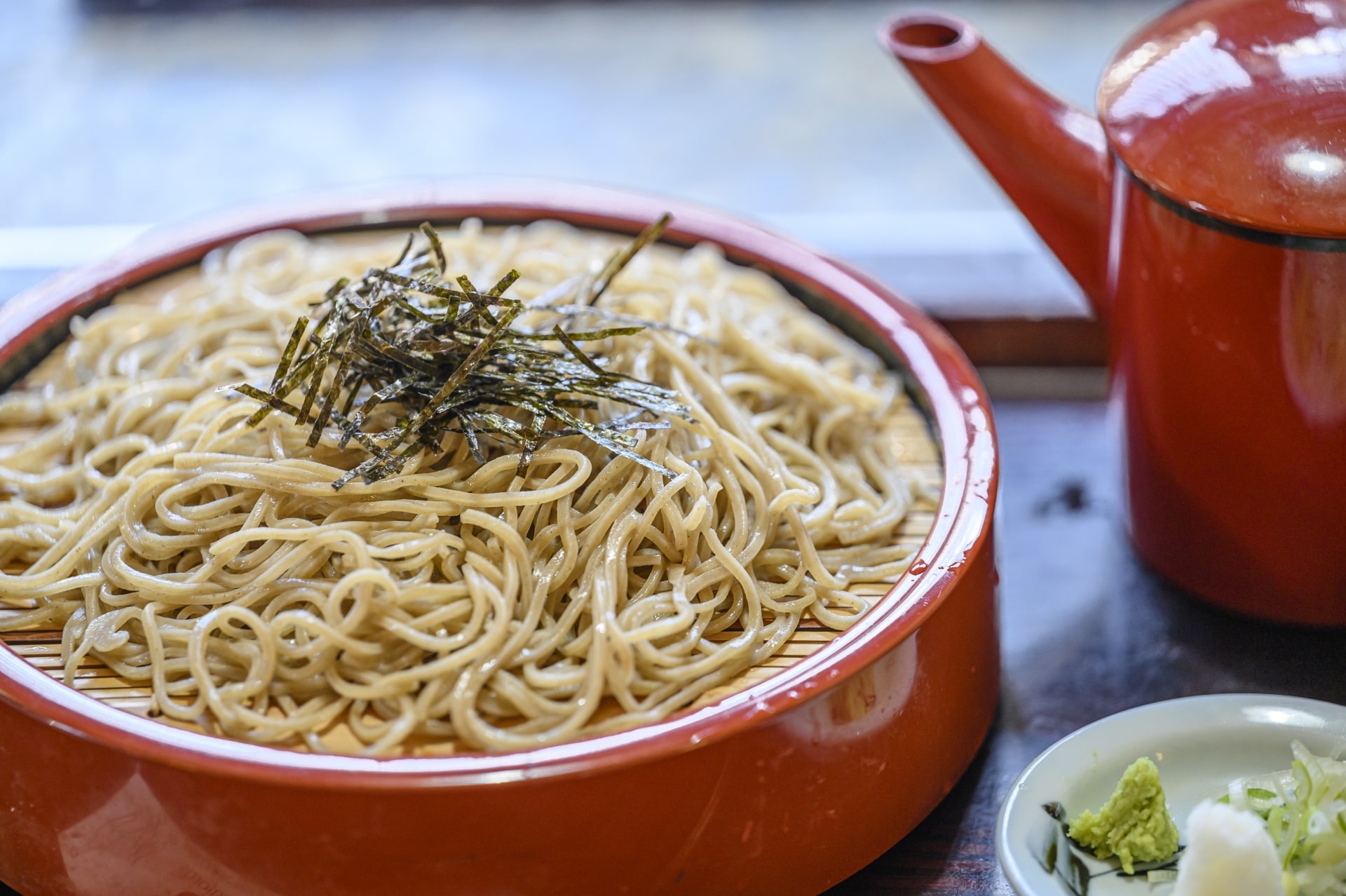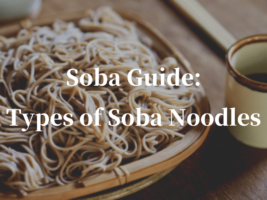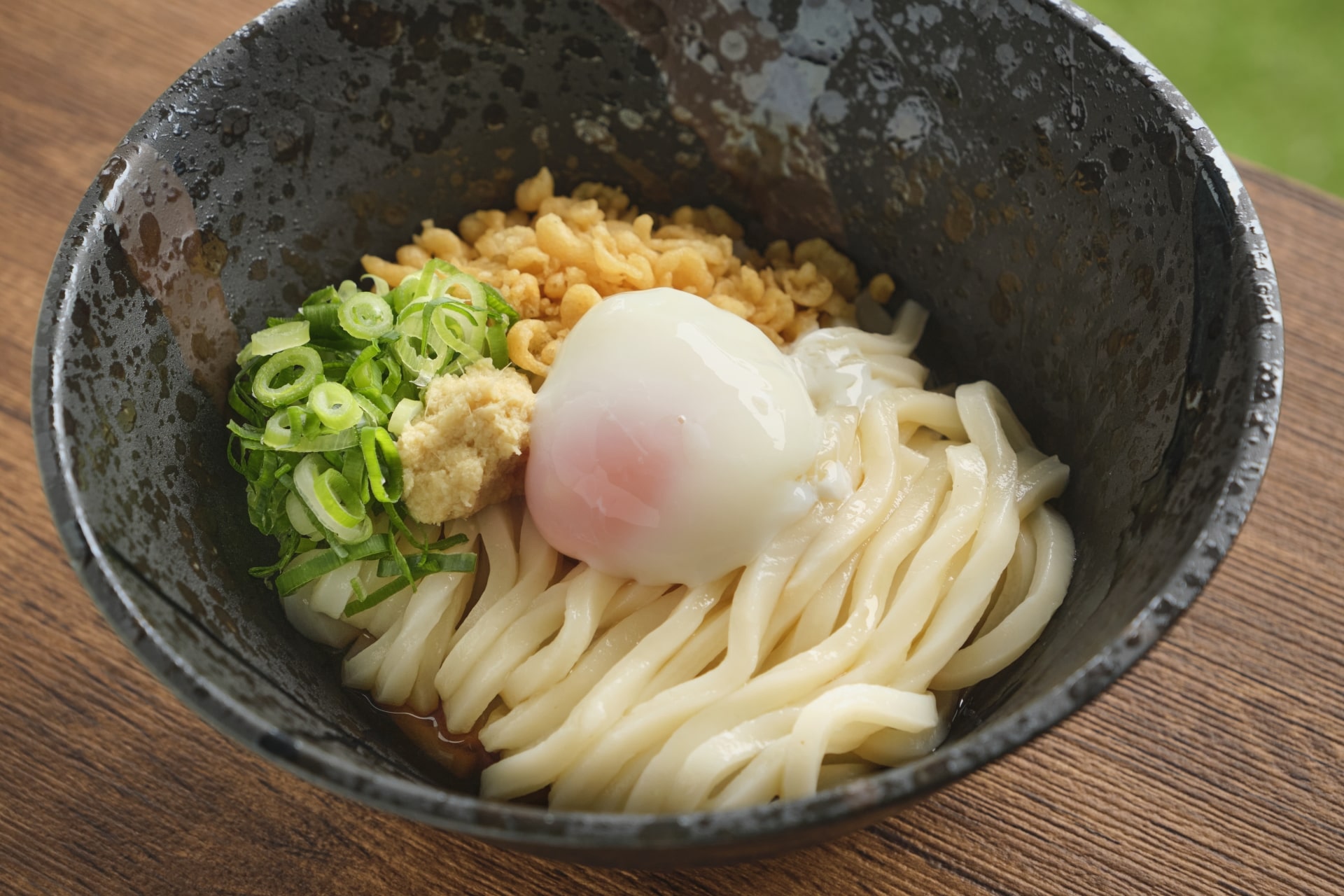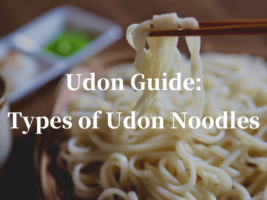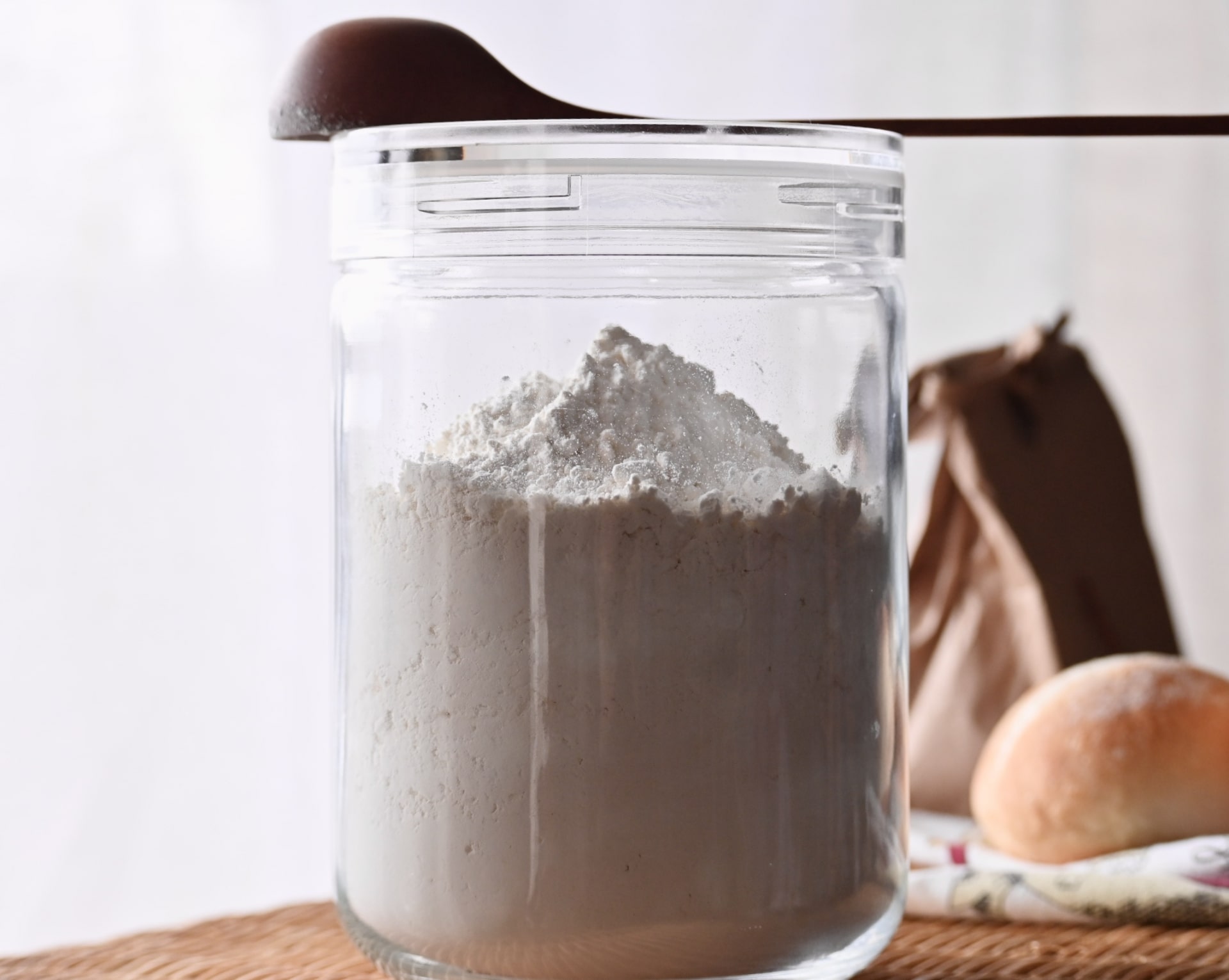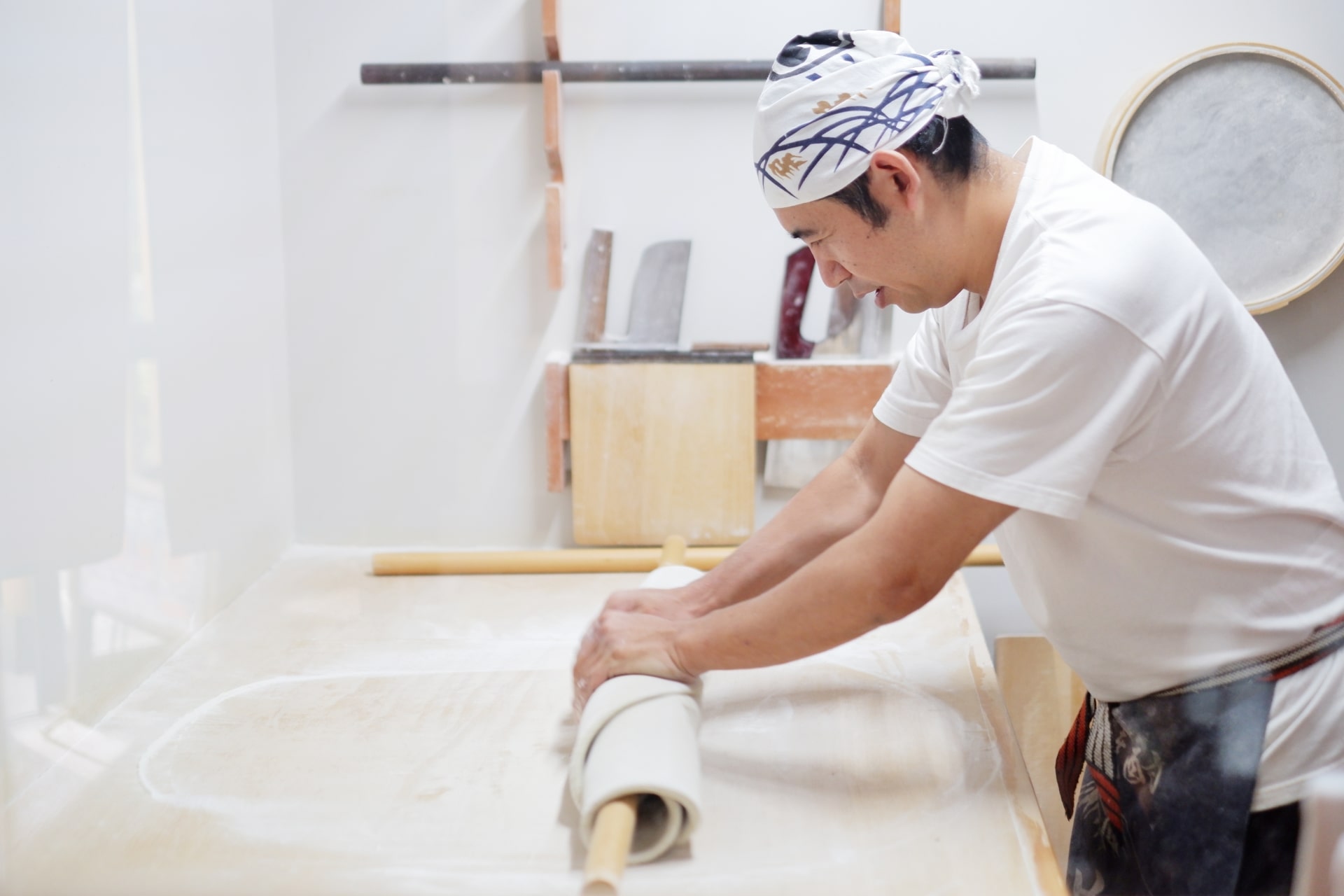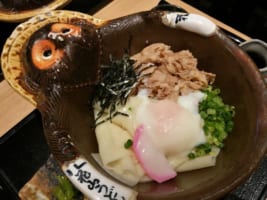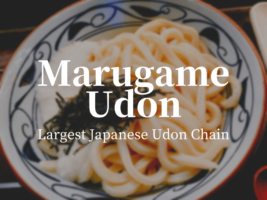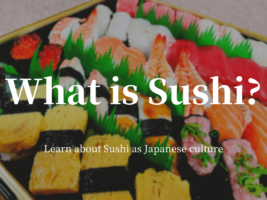Soba vs Udon: What is the Difference?
Main distinctions between Soba and Udon noodles
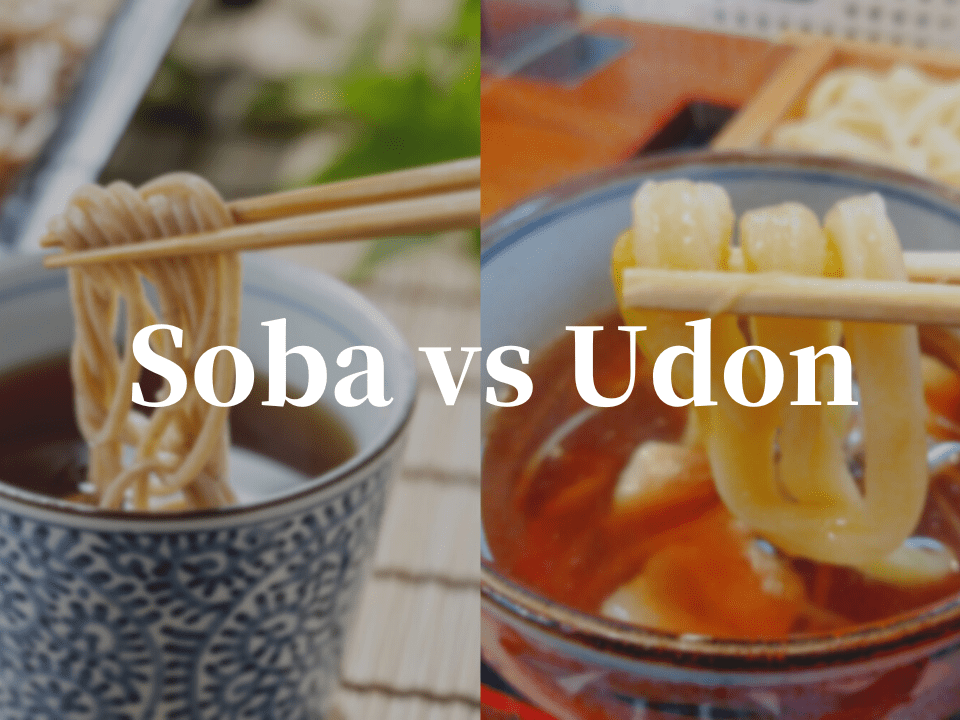
Soba and Udon are two of the most popular Japanese noodles loved by foreign visitors. Although Ramen might be the most widely known Japanese noodle type, Soba and Udon are not far behind.
However, soba and udon tend to be mistaken frequently by foreigners due to having a lot of similarities. From the way it’s prepared and the toppings that are frequently used, to the way it’s eaten and even the name of the dishes. Because of this, many restaurants will have both udon and soba as an option on the menu.
However, there are some clear differences that make these two types of Japanese noodles unique. In this article, I will show you these differences as well as explain a little about each noodle type.
What is Soba?
Soba is a Japanese noodle that consists of buckwheat flour (over 30%), regular four (under 70%), and water. Because of the addition of buckwheat flour, soba noodles have a different nutritious value compared to other types of noodles that are made with only flour.
First of all, soba noodles contain “Rutin” which is a type of vitamin that has antioxidant effects, making it good for preventing lifestyle-related diseases. This is also recommended for people with high blood pressure. Soba noodles are also said to be rich in vitamin B1 and B2, which are said to be good for maintaining beautiful skin.
A meal worth of soba noodles is around 296kcal, making it much lower compared to other types of noodles such as Ramen and Pasta.
What is Udon?
Udon is a thick Japanese noodle that consists of wheat flour, water, and salt. The thing that is most noticeable about udon noodles is their thick and soft texture, making them easy to eat and digest. It doesn’t feel heavy afterward, so it is a good meal option for people who are sick but need to eat something.
A meal worth of soba noodles is around 260kcal, making it even less than soba noodles. Because of this, there are people who replace udon for other types of noodles when they are on a diet.
Udon has a wide versatility when it comes to preparing it: you can eat it cold, hot, with a soup, fried with meat and vegetables, or even as part of a salad.
3 differences between Soba and Udon
From here, let me introduce to you some of the clear differences between soba and udon noodles. This, besides the obvious one, its appearance (soba is thin and darker while Udon is thick and completely white).
Difference in ingredients
First, let’s talk about ingredients. As I previously mentioned in each of the introductions, soba and udon noodles consist of different types of flour. In the case of soba noodles, this consists of buckwheat flour and regular wheat flour. On the other hand, udon noodles consist of only regular wheat flour. Because of this, these two types of noodles have clear differences in color. Soba tends to have a darker, brownish color while udon is completely white.
Also because of this, the nutritional values are very different between these two. Soba has the nutritious values that the buckwheat adds such as Rutin, vitamin B1, and vitamin B2. On the other hand, udon is pretty much carbohydrates. Udon also absorbs more water than soba, making it expand. This makes it easier for digestion and has fewer calories per serving, making it popular among people on a diet.
Difference in history
Another clear difference between soba and udon is in its origins.
Buckwheat is said to have been grown and harvested in Japan as early as the Jomon era (10,000 BC). However, the oldest scripture indicating something similar to soba indicates that soba was already a thing by the Heian era (8th to 12th century).
On the other hand, in the case of udon, its origin is not clear, having many theories, but it is believed to have come from China during the Kamakura era (12th to the beginning of the 14th century).
Difference in ways of eating
Lastly, another clear difference between these two types of Japanese noodles is the way flavor is added. As I mentioned in the intro of this article, the way these two noodles are prepared as well as the way they are eaten and the toppings that are used are almost completely the same.
However, also as I previously mentioned, udon has a tendency of absorbing larger amounts of water. Because of this difference, the Tsuyu (dipping sauce) that is used for udon is usually prepared with a lighter flavoring. The udon noodle itself doesn’t have such a pronounced taste, so there is no need to make the tsuyu as dense.
On the other hand, soba noodles have a taste in themselves and don’t absorb as much liquid as udon does. Because of this, the tsuyu for soba usually is made with more density compared to that of udon.
I hope you enjoyed this article. Although soba and udon noodles have many similarities, they also have clear differences, and I hope this article made it clear for you. If you liked this article and want to know more about traditional Japanese food, be sure to check out our other articles!
▽Related Articles▽
▼Editor’s Picks▼
Written by
Born and raised in Costa Rica, I started living in Tokyo from college. I love traveling within Japan & around the world. Since I wasn’t born in Japan, I know the cultural impact that you can get when visiting Japan for the first time and what you might be worried about before your trip. And I’ve lived long enough to somewhat understand the nuances of the Japanese culture that make this country such an attractive place to visit. Hopefully I can provide to you both the information you’re looking for and the information you didn’t know you needed to know.





